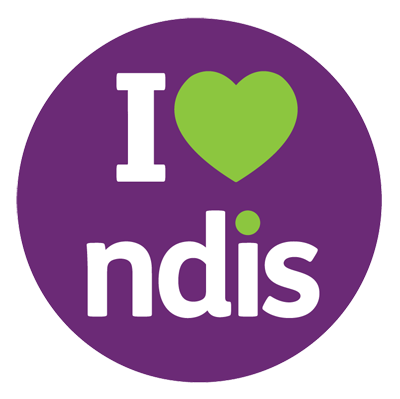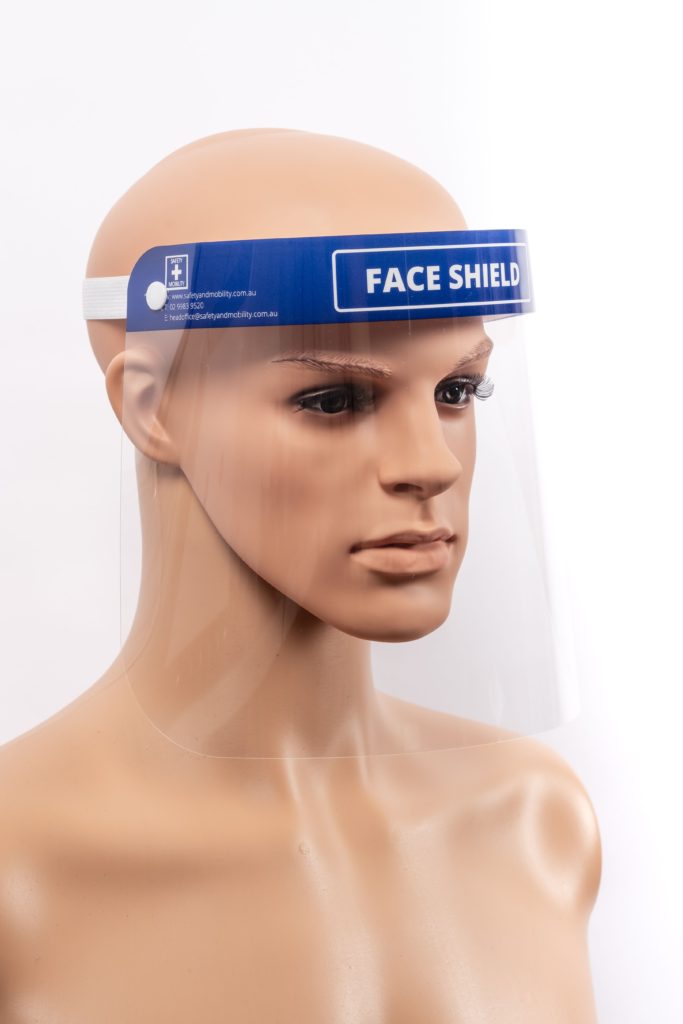Having access to key tools to minimise the spread of infection throughout a healthcare facility is vital to the wellbeing of both patients and workers. Some of the most important tools that every healthcare facility should have access to are gloves, disposable gowns and aprons, face shields, shoe covers and thermometers.
Nitrile, latex-free gloves
Gloves are an important mechanism for protection against infectious substances such as blood, saliva, mucus and other bodily fluids. Gloves offer a barrier between the skin and infectious materials, particularly nitrile, latex-free gloves which can be significantly more puncture resistant than gloves made from latex.
This barrier minimises the amount of infectious material that the healthcare worker comes into direct contact with and protects the patient from any pathogens that might be on the healthcare worker’s hands. It will also protect both parties from skin integrity issues such as contact dermatitis. When disposed of properly and combined with proper handwashing, gloves can play a vital role in minimising the spread of infection throughout a healthcare facility.
Disposable gowns and aprons
In the healthcare profession splashes and soiling can be a real danger, particularly in situations where the healthcare provider comes into direct contact with bodily fluids, such as during surgery or when in contact with a highly infectious patient who is sneezing or coughing. Infectious substances are not only passed directly from subject to subject but can also be passed indirectly through materials carrying the infection, such as clothing or skin. Disposable gowns and aprons provide an effective barrier against infectious substances and can significantly reduce the risk of spreading infection through contact.
Face Shields
Face shields are clear visors that act as barriers against direct splashes or droplets. They protect the healthcare worker’s mucus membrane in the eyes, nose and mouth and similarly act as a barrier from spreading the disease to the patient through coughing or sneezing. Face shields are particularly useful when used in conjunction with face masks, which adds an extra layer of protection for the nose and mouth.
Shoe Covers
Infectious substances from splashes, coughs and sneezes can also be transmitted by landing on the floor and then coming into contact with healthcare workers’ shoes, which can then be transmitted throughout the healthcare facility. Therefore, disposable shoe covers are a key method of infection control by protecting the healthcare workers’ shoes from direct contact with infectious substances, allowing doctors and nurses to strip off the disposable covers when leaving an infected area and entering a clean one.
No-touch infra-red thermometers
Running a high temperature can be a good indicator that someone is suffering from an infection, even if they don’t present any other symptoms. Therefore, having a simple and fast method of checking patient and healthcare workers’ temperatures is an important part of infection control. No-touch infra-red thermometers provide multiple advantages over other thermometers in infection control, including their speed, non-invasive and no-contact nature. This allows them to be efficiently used on multiple subjects without the risk of spreading pathogens through physical contact.


